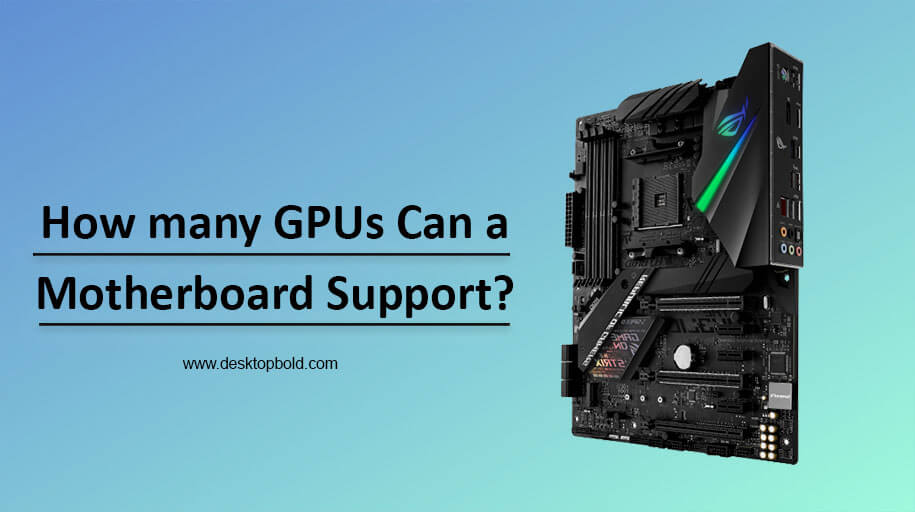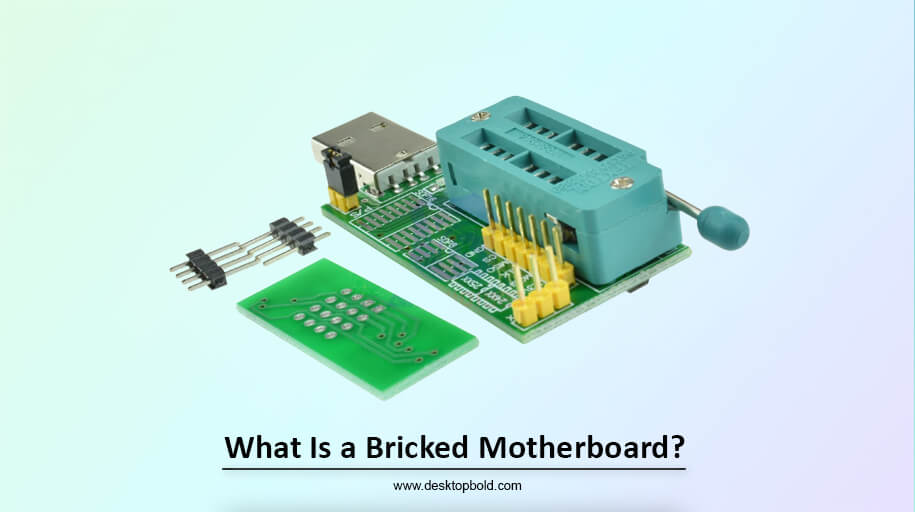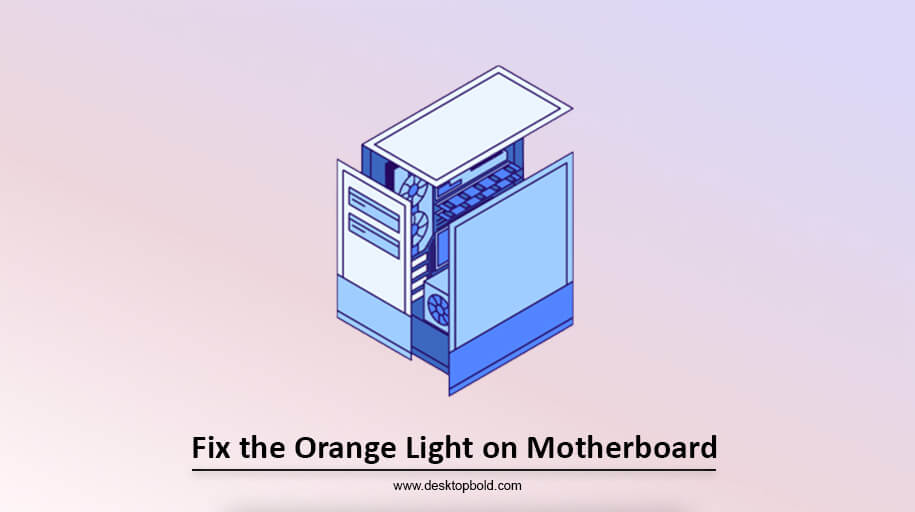An integral portion of every computer is the motherboard. It serves to contain and link the system’s many other components. It is crucial to know how many GPUs a motherboard can accommodate while designing or updating a computer. The graphics processing unit (GPU) support of a motherboard is critical in determining the system’s processing speed and power. This is crucial knowledge for gamers and anyone who wants powerful visuals on a PC.
In the article, How many GPUs can a Motherboard Support? Be thoroughly discussed. Moreover, I will delve into the factors determining the number of GPUs a motherboard can support.
What are Motherboards and GPUs?
The motherboard is the primary circuit board and the system’s central hub in a computer. Among its many features is a place for the CPU, slots for RAM and other storage media, expansion slots, ports for connecting to the outside world through wired and wireless networks, and even audio output and input.
Graphics processing units, or GPUs, are dedicated pieces of hardware that can process and generate even the most complex visual data. Games and other graphics-intensive applications depend entirely on GPUs to provide smooth and quick image quality.
Compatibility of Motherboards and GPUs:
The slots and ports on the motherboard must be compatible with the GPU, and the motherboard must provide enough power for the GPU. High-end motherboards usually support three or more GPUs, but most only support two.
To ensure your motherboard and graphics card are compatible, you should verify their respective specifications. This involves making sure the PCIe interface and power supply specifications are compatible. In addition, the size of the GPU and the number of power connections supported by a particular motherboard may reduce the different usage models.
Factors that Determine the Number of GPUs a Motherboard Can Support:
Do some factors determine How many GPUs a motherboard can Support? Let’s have a look at them. Here are the key factors to consider:
- PCI Express Slots: The number of available PCI Express (PCIe) slots is the primary factor in determining how many GPUs a motherboard can support. In most cases, the maximum number of GPUs that may be installed is determined by the number of accessible PCIe slots on the motherboard. While most motherboards only have one or two PCIe slots, specific high-end boards may contain as many as eight.
- Power Supply: If you want to know how many GPUs you can use, the power supply is a huge factor. Since GPUs require so much energy, the motherboard must be able to provide sufficient power to run numerous GPUs. Insufficient electricity can prevent the system from disabling or decreasing the GPU’s performance.
- Motherboard Form Factor: Another issue to consider is the form factor. More expansion and video card slots are available on larger ATX and E-ATX motherboards than on smaller mITX and mATX boards.
- BIOS/UEFI Support: Last but not least, make sure your computer has both BIOS and UEFI support. Some motherboards do not allow for multiple GPUs, and others significantly impact which GPUs may be installed. To guarantee that the system will run smoothly, verifying the motherboard’s specs and compatibility with the GPU is crucial before making a purchase.
By understanding these factors, you can determine How many GPUs a motherboard can Support on your system and ensure that your motherboard and GPU are compatible.
Types of Motherboards and their GPU Support:
Motherboards come in various form factors, each with its advantages and limitations regarding GPU support. Here are the different types of motherboards and their GPU support:
- ATX Motherboards: Most motherboards come in the most popular ATX form factor, which is excellent for systems that need numerous graphics processing units (GPUs) as they typically have the most expansion slots. Motherboards that use the ATX form factor often contain two or more PCIe expansion slots, allowing for multiple graphics processing units.
- Micro-ATX Motherboards: There are typically limited expansion slots on a micro-ATX motherboard because of its smaller size than ATX motherboards. For this reason, they may only allow for a single GPU or a small set of GPUs. On the other hand, they are a viable choice for individuals who need a less bulky system without giving too much power.
- Mini-ITX Motherboards: Compact and often sporting a single PCI Express (PCIe) slot, Mini-ITX motherboards are a more manageable alternative to Micro-ATX. They are limited to a single GPU because of this. Mini-ITX motherboards are great for small computers that only need a little room for upgrades.
- Extended ATX Motherboards: The Extended ATX (E-ATX) form factor is more significant than the ATX form factor and provides more space for expansion slots and features. As a result, they may support several GPUs and offer better performance for demanding workloads. Motherboards with the E-ATX form factor are optimal for use in powerful computers and workstations.
Tips for Choosing the Right Motherboard for Your GPU Setup:
When designing a gaming PC or a workstation, the motherboard is a vital part to consider. One of the main elements to consider when purchasing a motherboard is its capacity to handle multiple GPUs. Here are some ideas to help you pick the proper motherboard for your GPU configuration.
- Consider the number of GPUs you plan to use
- Check the specifications of your GPU
- Look for motherboards with multiple PCI Express Slots
- Consider the power supply requirements of your GPUs
- Check the compatibility with your CPU
Conclusion
In conclusion, How many GPUs a motherboard can Support depends on factors such as the motherboard’s expansion slots, power supply, and chipset. Generally, most motherboards support up to two GPUs, but high-end motherboards can support more. If you’re planning on building a multi-GPU system, it’s essential to check the motherboard’s specifications and make sure it supports the number of GPUs you need. Additionally, it’s necessary to ensure that your power supply can handle the additional power demand of multiple GPUs. Considering these factors, you can provide a stable and efficient multi-GPU setup.




